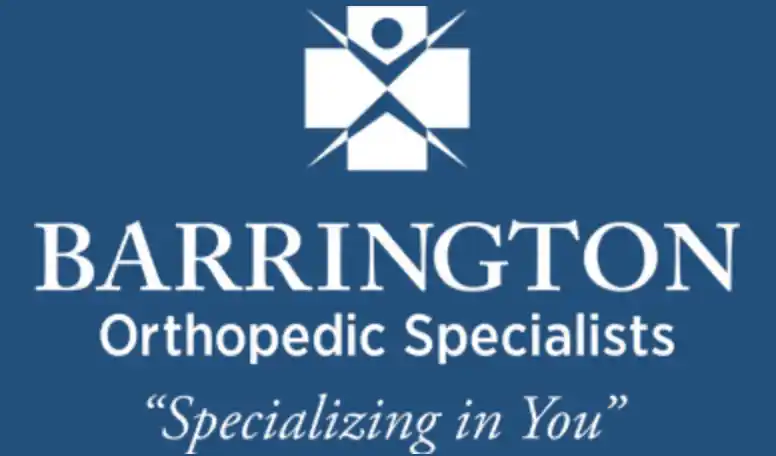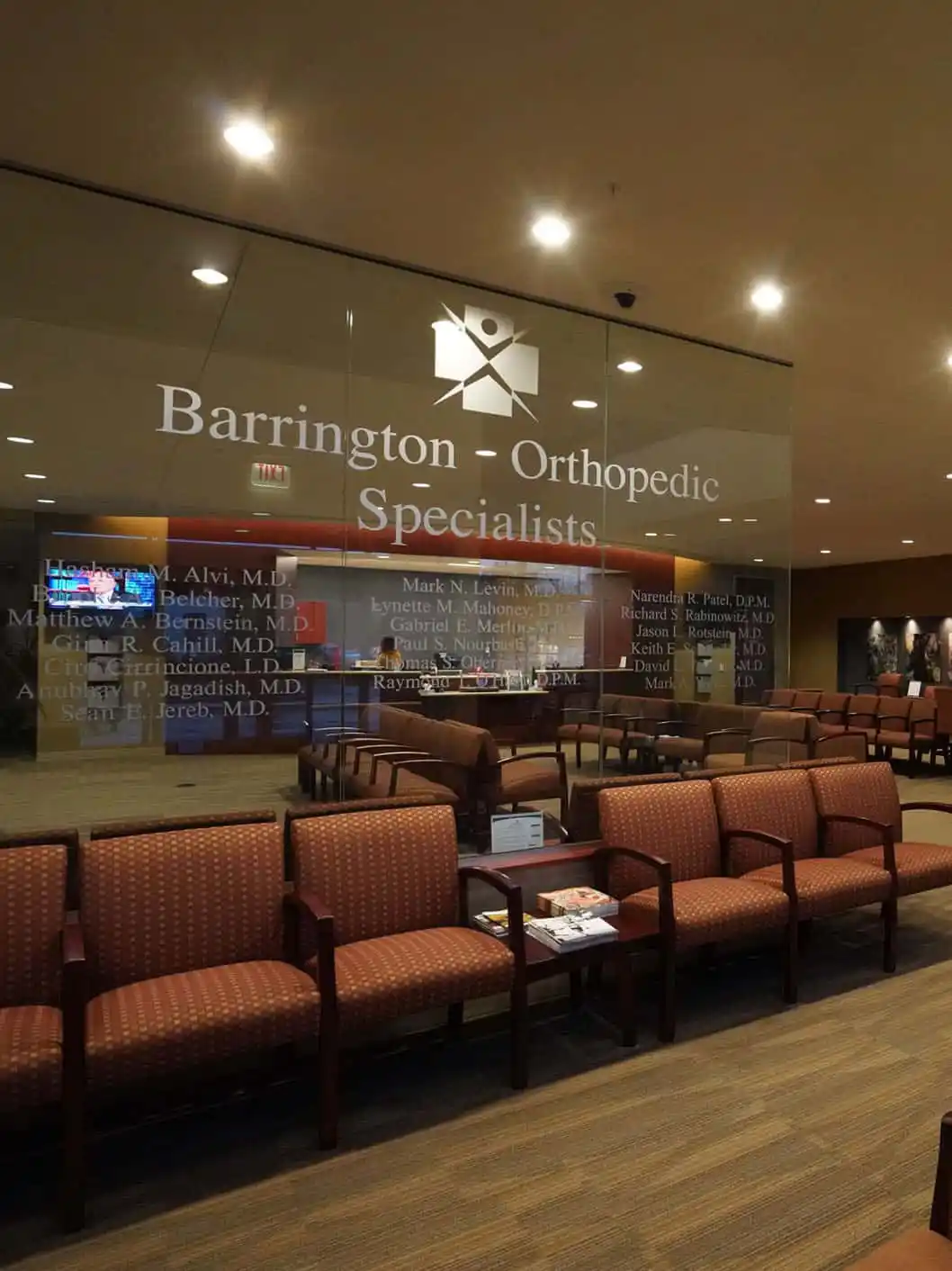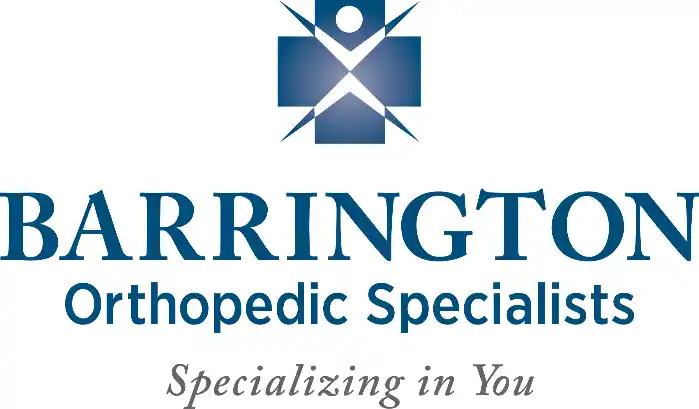Providing Specialized Orthopedic Care in Illinois since 1980
Barrington Orthopedic Doctors
IMMEDIATE ORTHOPEDIC CARE
Our After Hours Urgent Clinic in Schaumburg, IL has onsite x-rays, short wait times and more. Skip the ER and get treated right away by expert specialists.
FIND A DOCTOR
Our expert orthopedic specialists are ready to provide compassionate, comprehensive care. Visit our providers page to find the right doctor for you.
OUR LOCATIONS
All of our orthopedic care locations in Illinois are staffed with knowledgeable professionals and designed with your convenience in mind. Find us near you.
WORKERS' COMPENSATION
Our expert orthopedic specialists are highly-skilled in treating workplace injuries and are dedicated to getting you back to optimal health.
Where Does It Hurt
Quality, compassionate care from physicians specializing in specific areas of the body.


Brooke Belcher, MD

Matthew Bernstein, MD

Paul Nourbash, MD

Jason Rotstein, MD

David Tashima, MD
Congratulations to our Top Docs!
Five of our Orthopedic Specialists have been named to Chicago magazine’s list of “Top Docs(opens in a new tab).”
This list of orthopedic and physical medicine and rehabilitation specialists was “chosen as the best locally by their peers.” and published in their January 2024 publication.
Hand Surgery

Our Patients Love Us!
We are dedicated to providing comprehensive orthopedic care in a compassionate and caring environment. See what our patients and their families have to say.
Latest News in Orthopedics
Barrington Orthopedic Specialists is your number one source for the latest news about research and advancements in orthopedic care.
Patient Q&A: Carole Regains Her Independence After Total Knee Replacement With Dr. Nourbash
View this blog postPublish DateApril 8, 2024, 11:28 a.m.10 Things to Look For in Your Chicago Knee Surgeon
View this blog postPublish DateJan. 30, 2024, 11:48 a.m.Patient Q&A: Deborah’s Life-Changing Bunion Correction With Dr. Patel
View this blog postPublish DateDec. 14, 2023, 3:32 p.m.

























